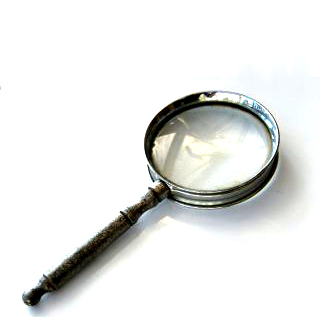Hunter details dam needs
 Hunter Water has concluded an in-depth five-yearly risk assessment of Chichester Dam, a crucial component of the region's water infrastructure.
Hunter Water has concluded an in-depth five-yearly risk assessment of Chichester Dam, a crucial component of the region's water infrastructure.
The report resulting from the assessment has been submitted to Dams Safety NSW, an independent regulatory body overseeing dam safety standards.
Constructed in the 1920s, Chichester Dam was designed to serve the community for generations.
Nevertheless, advances in water sector knowledge, especially concerning extraordinary conditions like rare floods and earthquakes, have prompted a review of the dam's operational integrity.
Darren Cleary, Managing Director of Hunter Water, said the assessment was undertaken partly to pinpoint areas requiring attention to sustain Chichester Dam's safe functionality well into the future.
Cleary assures the Lower Hunter community that the dam remains secure for everyday use, echoing its almost century-long history of operational stability.
“We are following well-established processes to ensure we know all that we possibly can to keep Chichester Dam operating safely for many decades to come supplying drinking water to our community,” Mr Cleary said.
The five-yearly risk assessment encompasses two critical aspects: the probability of an event occurring and the potential consequences if it were to transpire.
This modelling exercise evaluates how Chichester Dam would respond to exceptionally rare situations, such as extreme floods and earthquakes surpassing historical norms.
By analysing both the probability and potential impact of these extreme events, the assessment identified that the risk exceeds the regulatory safety threshold, necessitating actions to reinforce the dam's long-term security.
Taking into account the dam's age, the influence of climate change, evolving dam technology, and the meticulous nature of the risk assessment, this outcome is neither anomalous nor unexpected.
Hunter Water says it is committed to initiating actions that guarantee the dam's sustained safety.
This assessment marks the inaugural instance of conducting a risk assessment in this manner under the latest Dam Safety regulations.
The process drew upon state-of-the-art scientific and engineering methodologies, including on-site geotechnical surveys and advanced LiDAR technology for generating 3D 'finite element modelling' of the dam's structure and foundation.








 Print
Print